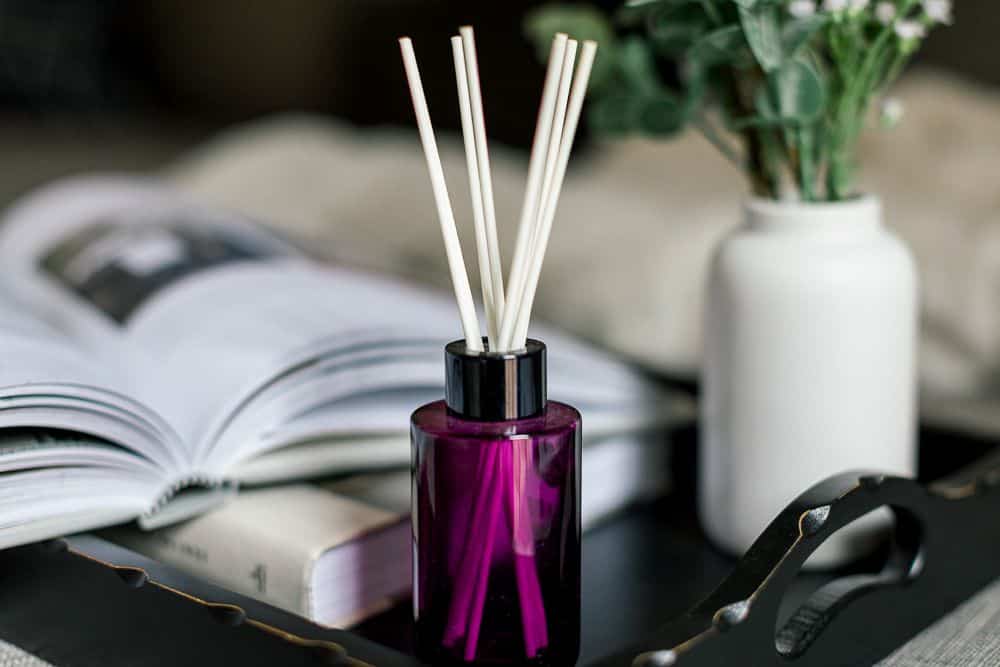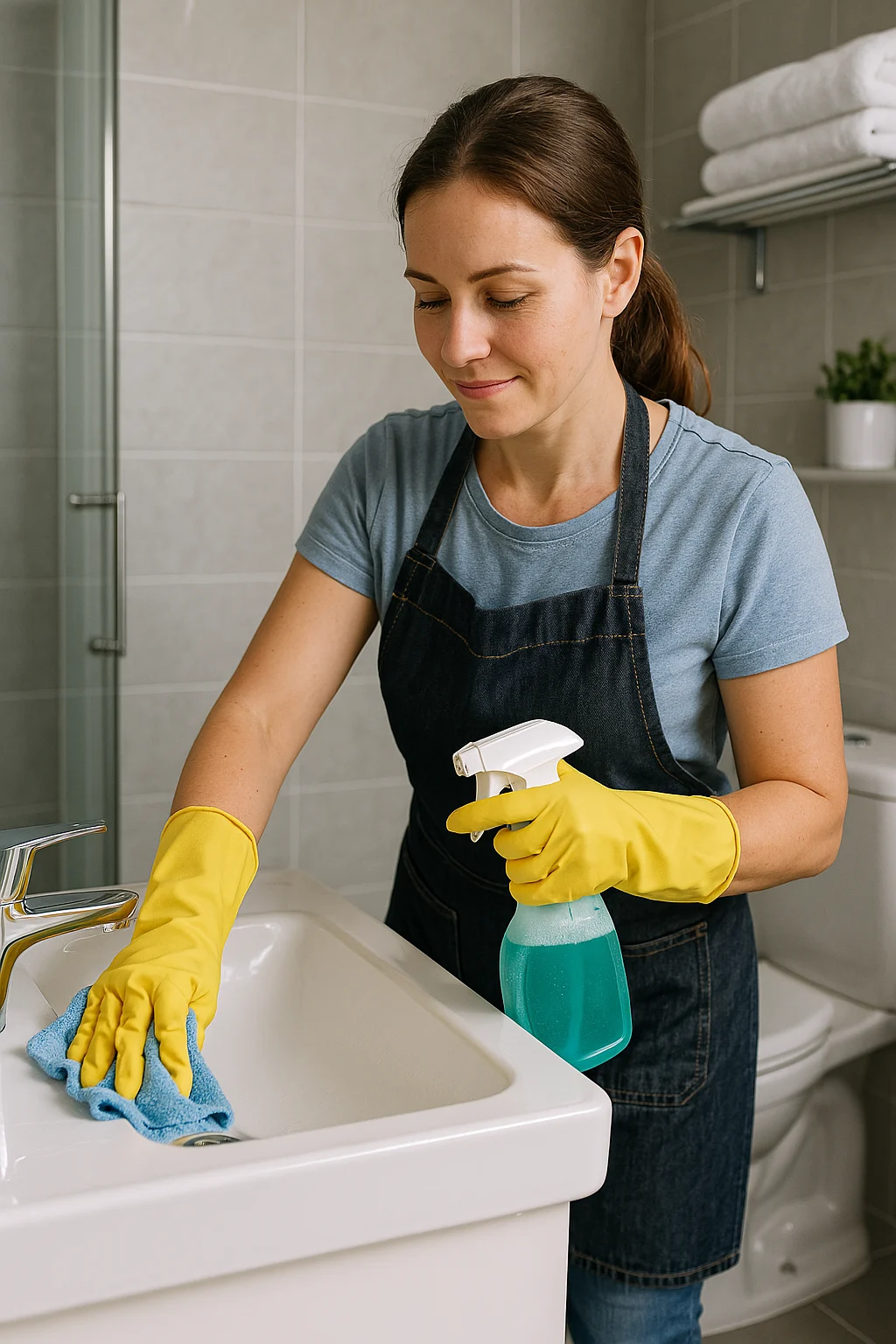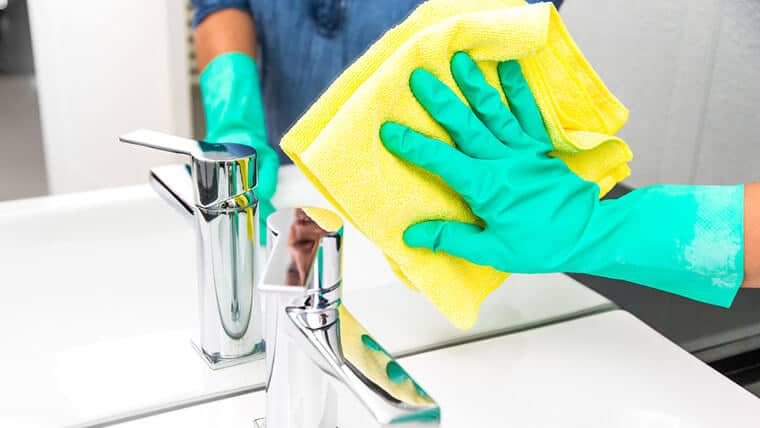A fresh home isn’t just about masking odors—it’s about creating a sanctuary.
Below, we unpack science-backed methods, clever DIY tricks, and pro tips to eliminate smells at their source and infuse your space with lasting freshness.
1. Stovetop Simmer Pots: The Science of Scent Diffusion

Why it works: Simmering citrus peels, cinnamon, and herbs releases volatile organic compounds (VOCs) that neutralize odor molecules while adding warmth. Citrus oils like limonene have antibacterial properties, making this a dual-purpose hack.
Pro Tip: For a seasonal twist, add apple slices and nutmeg in fall or mint and lime in summer. Use a slow cooker on low heat to avoid evaporation, extending the fragrance for hours.
2. Essential Oil Diffusers: Targeted Aromatherapy
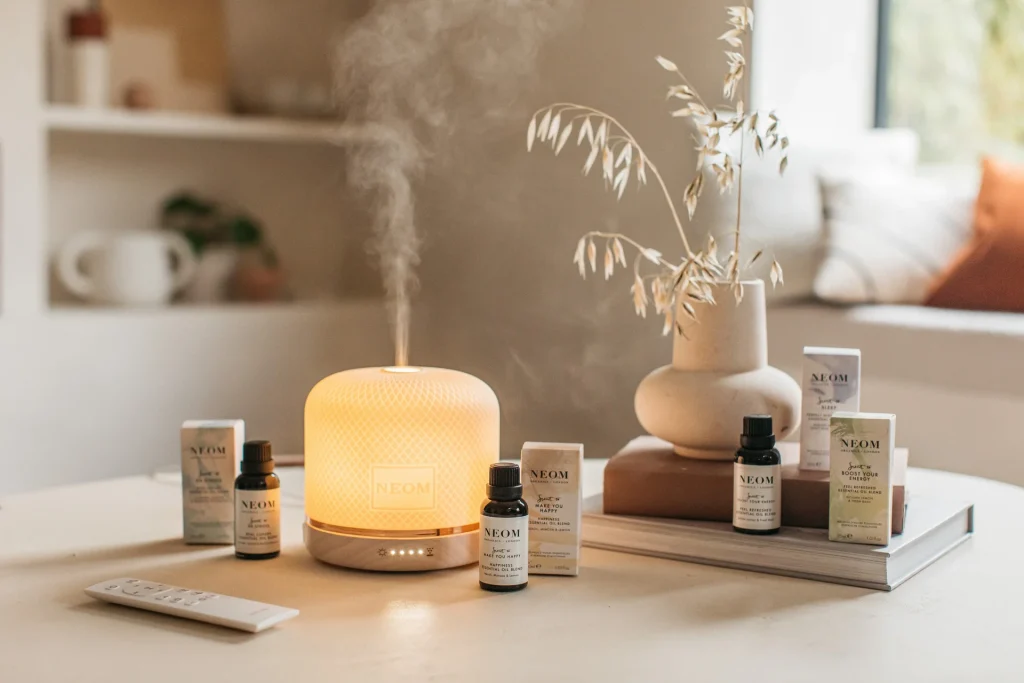
Why it works: Ultrasonic diffusers break oils into microparticles, dispersing them evenly without heat (which can degrade scent quality). Lavender oil reduces stress, while eucalyptus clears congestion.
Pro Tip: Place a few drops of lemon oil on HVAC filters to circulate freshness through vents. Avoid synthetic oils—opt for 100% pure oils to prevent respiratory irritation.
3. Baking Soda: The Ultimate Odor Neutralizer
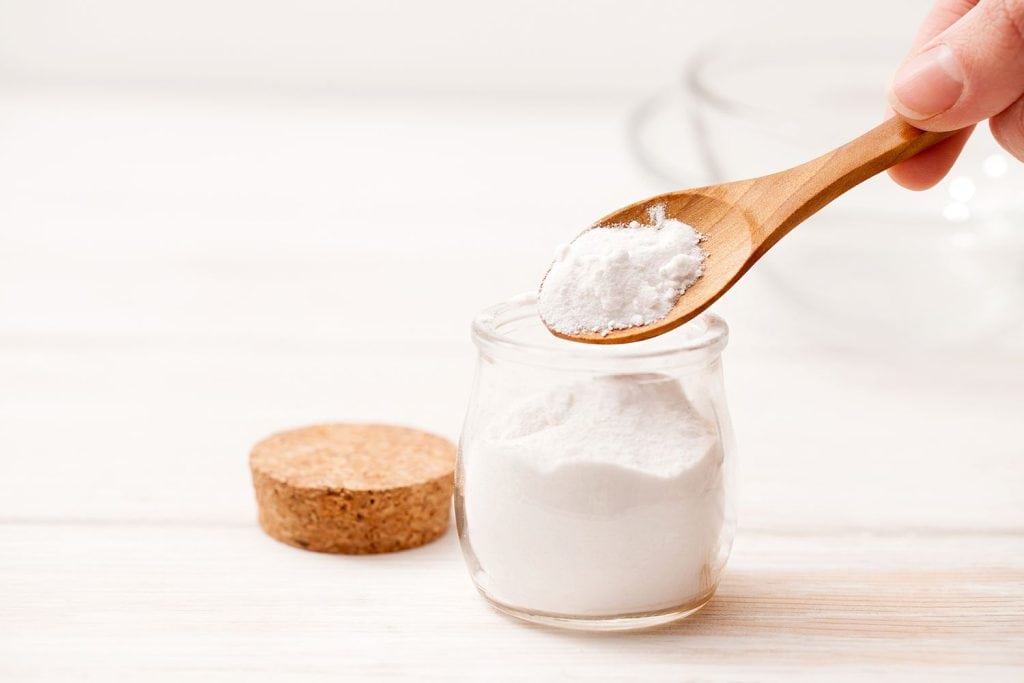
Why it works: Baking soda (sodium bicarbonate) is alkaline, neutralizing acidic odor molecules like those from pets or sweat. Its porous structure absorbs smells rather than masking them.
Pro Tip: For carpets, mix baking soda with 5–10 drops of tea tree oil (a natural antifungal) before sprinkling. Let it sit overnight for stubborn odors.
4. Activated Charcoal: Molecular Odor Trapping

Why it works: Charcoal’s massive surface area (1 gram = 3,000 m²!) adsorbs odor-causing compounds like ammonia and sulfur. Unlike air fresheners, it works passively without chemicals.
Pro Tip: “Recharge” charcoal bags by placing them in sunlight monthly to release trapped odors.
5. DIY Vodka Fabric Spray: Disinfect & Refresh
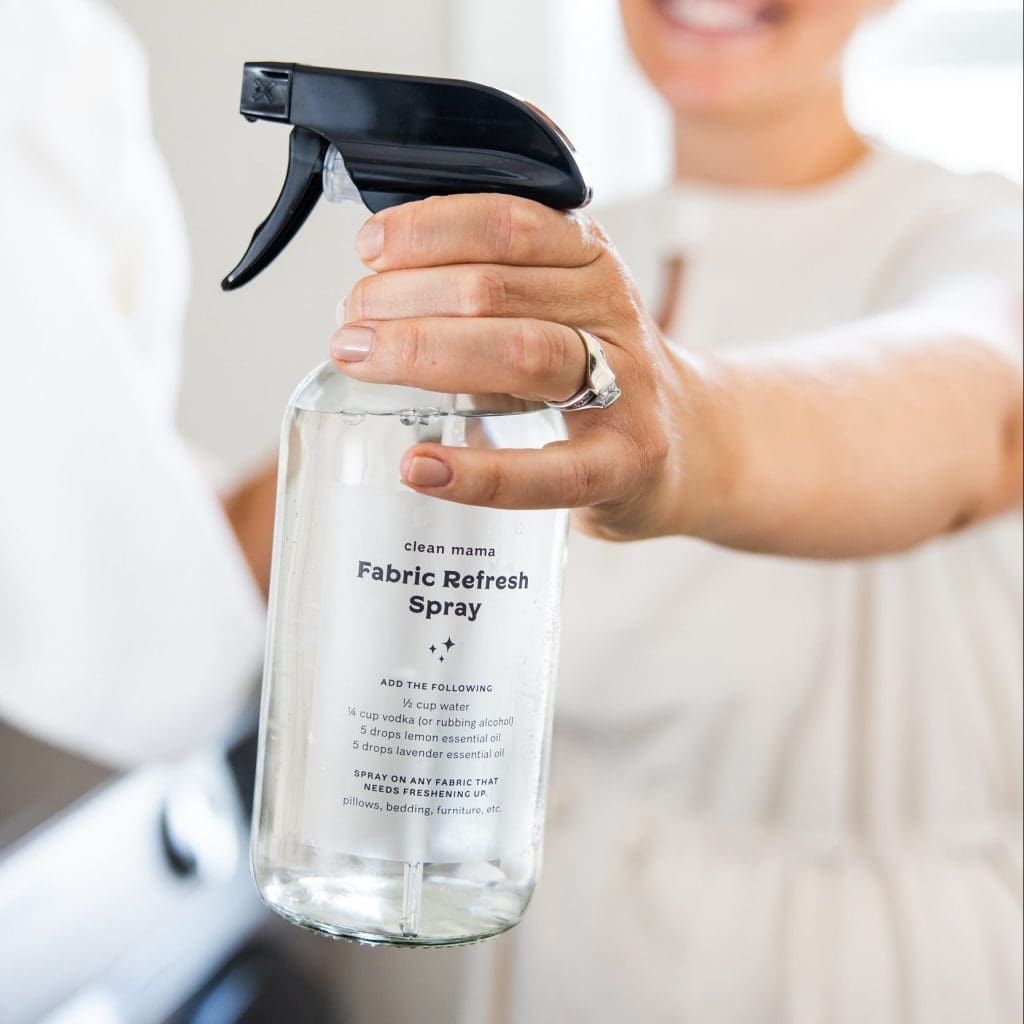
Why it works: Vodka’s high alcohol content (40% ABV) kills odor-causing bacteria on fabrics. Unlike rubbing alcohol, it’s less harsh and evaporates residue-free.
Pro Tip: Add lavender oil for calming effects or peppermint for an energizing boost. Test on hidden fabric patches first.
6. Coffee Bean Tea Lights: Aroma Layering
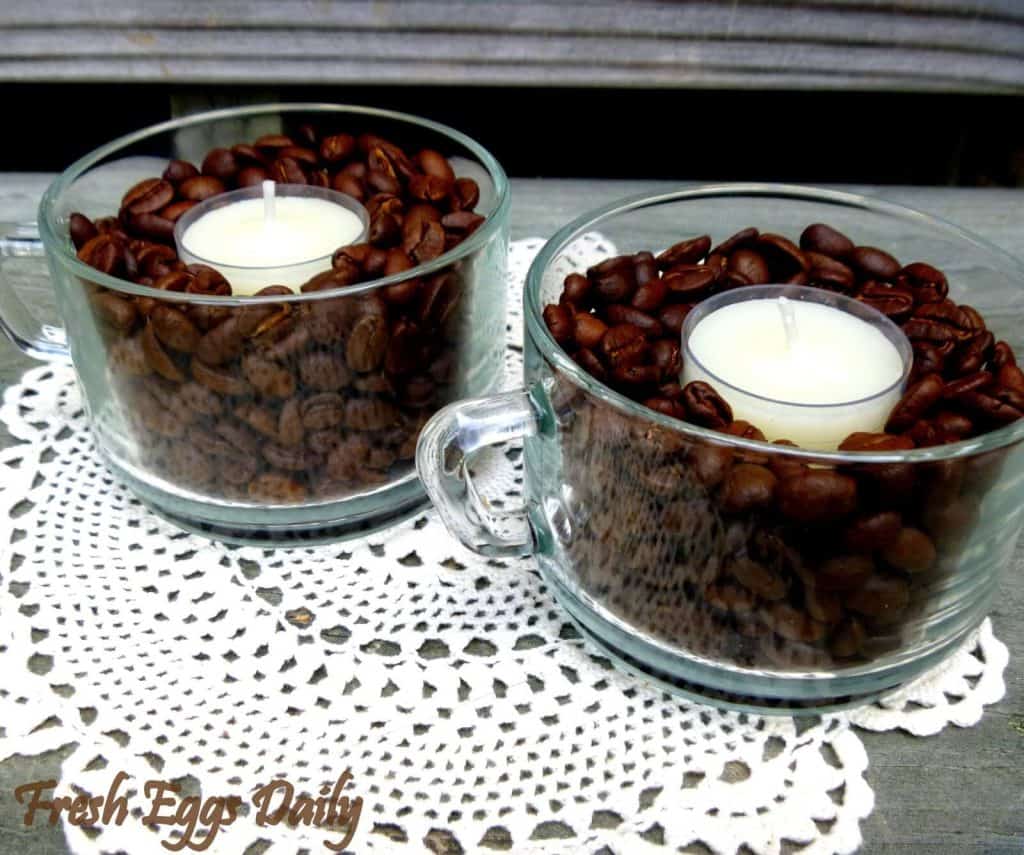
Why it works: Coffee beans contain nitrogen compounds that neutralize sulfur-based odors (like garlic). The heat from candles amplifies their earthy scent, creating a cozy café vibe.
Pro Tip: Use unscented candles to avoid clashing fragrances. Swap coffee beans for whole spices (cloves, star anise) for variety.
7. Citrus Vinegar Cleaner: Grease-Cutting Power

Why it works: The acetic acid in vinegar dissolves grease and kills mold, while citrus peels’ d-limonene adds a fresh scent and boosts cleaning power.
Pro Tip: Steep peels for 2 weeks for a stronger infusion. Avoid using on granite or marble—vinegar can etch surfaces.
8. Eucalyptus Shower Bundles: Steam-Activated Therapy

Why it works: Eucalyptus oil’s 1,8-cineole compound has decongestant properties. Steam opens pores in the leaves, releasing therapeutic vapors.
Pro Tip: Pair with rosemary sprigs for an invigorating respiratory boost. Replace bundles weekly for maximum potency.
9. Laundry Scent Boosters in Wax Warmers
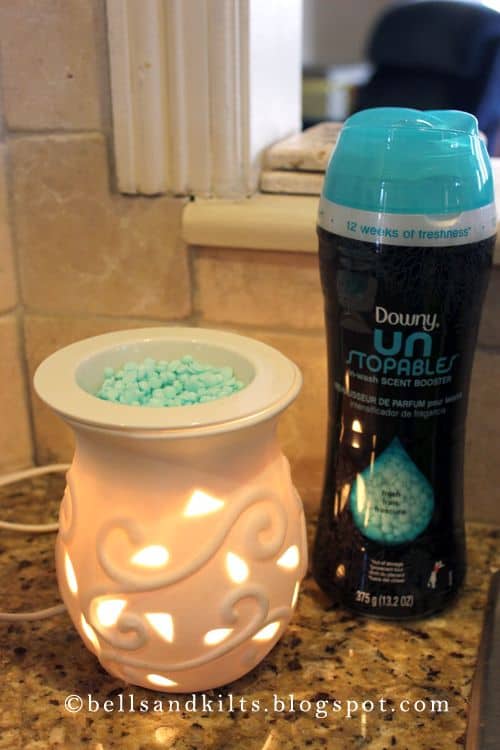
Why it works: Scent beads contain cyclodextrins—molecules that trap fragrance and release it slowly with heat.
Pro Tip: Mix beads with water in a wax warmer to avoid overheating. Opt for phthalate-free brands like Molly’s Suds for safety.
10. Open Windows: The Forgotten Freshness Hack
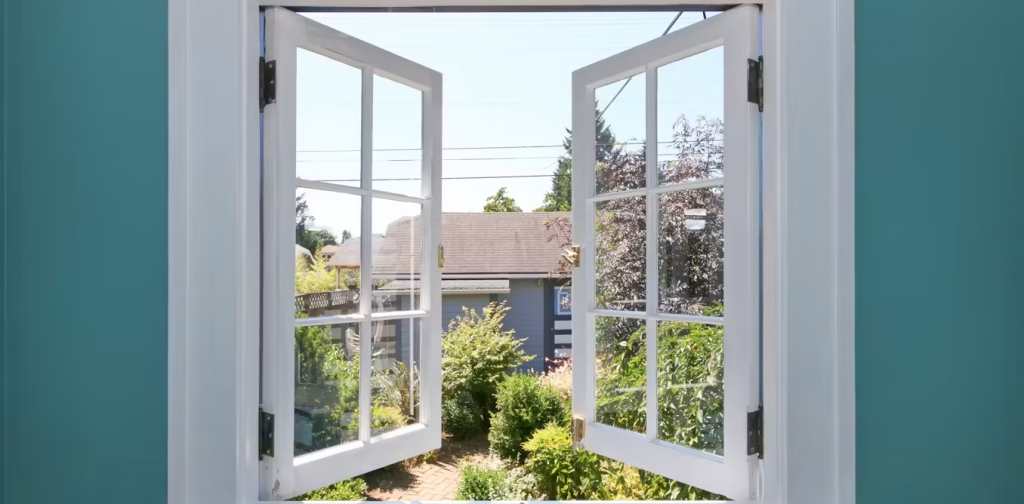
Why it works: Indoor air is 2–5x more polluted than outdoor air (EPA). A 10-minute cross-breeze replaces stale air with oxygen-rich outdoor air.
Pro Tip: Open windows early morning or late evening when pollen counts are lower, especially for allergy sufferers.
11. Dryer Sheets on Fans: Cheap Air Circulation
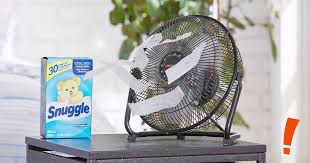
Why it works: Dryer sheets contain cationic surfactants that cling to fabrics (and air particles), distributing fragrance as air moves.
Pro Tip: Reuse sheets by spritzing them with essential oils after they lose their scent.
12. Vanilla on Light Bulbs: Heat Diffusion 101

Why it works: Bulb heat gently warms vanilla’s vanillin compound, releasing a subtle scent without burning the oil.
Warning: Only apply to cool bulbs and use sparingly—excess oil can drip or smoke.
13. Dehumidify Damp Areas: Stop Mold at the Source
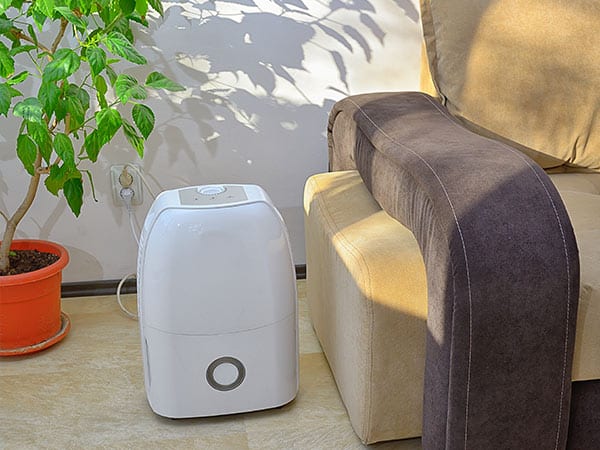
Why it works: Mold thrives at >60% humidity. Dehumidifiers reduce moisture, preventing musty smells and spore growth.
Pro Tip: Place a hygrometer in bathrooms/basements. Aim for 30–50% humidity.
14. DIY Room Spray: Customizable Freshness
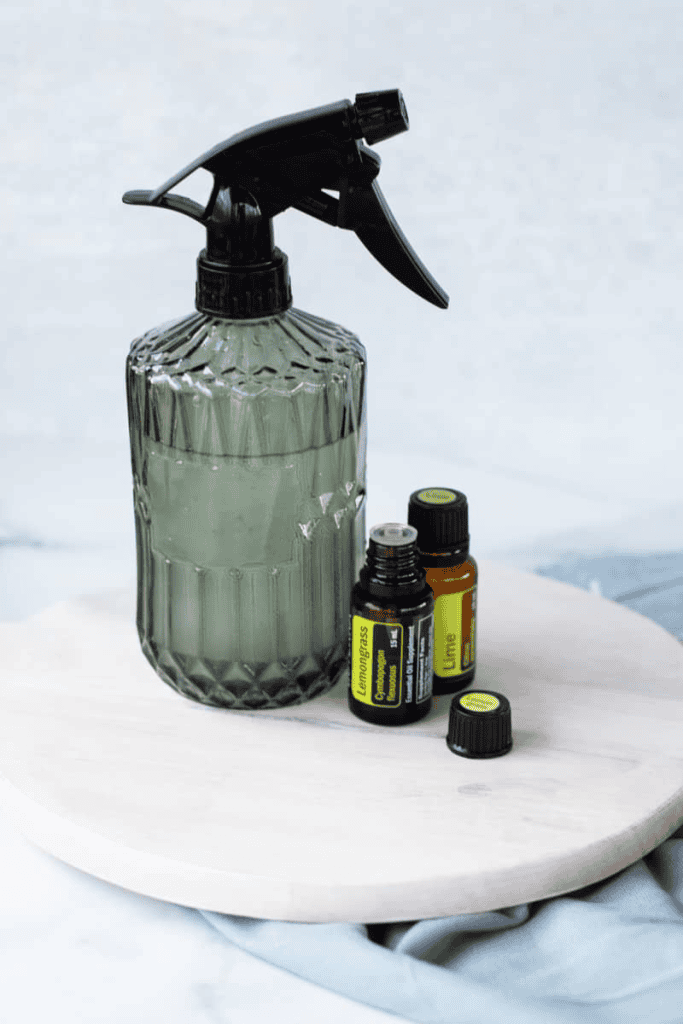
Why it works: Vodka acts as a preservative, preventing bacterial growth in water-based sprays.
Formula: 1 cup water + 2 tbsp vodka + 20 drops essential oils. Shake before each use.
15. Bake Something Sweet: Olfactory Psychology

Why it works: The smell of baked goods triggers nostalgia and comfort (linked to the brain’s limbic system). Vanilla’s scent molecules are particularly long-lasting.
Pro Tip: Simmer vanilla extract in a oven-safe dish at 300°F for 10 minutes if you’re short on time.
16. Scented Garbage Bags: Odor-Blocking Tech

Why it works: Many bags now use enzyme-based coatings that break down organic waste odors.
Eco-Alternative: Line bins with newspaper, add baking soda, and drop in 2–3 drops of bergamot oil.
17. Clean Trash Cans with Vinegar: Acid vs. Bacteria

Why it works: Vinegar’s pH of 2.5 disrupts bacterial cell membranes, killing odor-causing microbes.
Deep-Clean Method: Scrub with vinegar, rinse, then sprinkle baking soda to absorb residual smells.
18. Citrus Peels in Garbage Disposals: Blade Maintenance
Why it works: The citric acid cleans grease off blades, while the abrasive peels scrub debris.
Pro Tip: Freeze lemon wedges and vinegar in ice cube trays—toss a cube into the disposal to sharpen blades and deodorize.
19. Air-Purifying Plants: Nature’s Filter

Why it works: Plants like snake plants absorb VOCs (e.g., formaldehyde) via photosynthesis and release oxygen.
Best Picks: Peace lilies (humidity-loving) or lavender (calming scent). Avoid overwatering to prevent mold.
20. Slow-Cooker Simmered Spices: Set-It-and-Forget-It

Why it works: Low, steady heat gently releases spices’ essential oils without burning. Cinnamon’s cinnamaldehyde has antimicrobial properties.
Festive Blend: Apple slices + cranberries + rosemary + cloves for holiday gatherings.
The Psychology of Freshness: Why These Hacks Matter
A study in the Journal of Environmental Psychology found that pleasant scents improve mood and productivity by 15%.
By combining odor elimination (baking soda, vinegar) with scent layering (simmer pots, diffusers), you create a multi-sensory experience that feels cleaner and more inviting.
Pro Maintenance Routine
- Daily: Open windows, empty trash, spray fabrics.
- Weekly: Simmer pots, refresh charcoal bags, vacuum with baking soda.
- Monthly: Deep-clean disposal, replace HVAC filters, declutter.
Final Note: Freshness isn’t just about scent—it’s about health. These hacks reduce allergens, mold, and bacteria while creating a space that feels alive.
For stubborn odors, identify the source (e.g., mold = humidity issue; fridge smells = expired food) before masking.

I’m Katerina Lithopoulou, co-creator of DIY Cozy Living. I’ve always loved the little things that make a space feel special — soft textures, warm lighting, thoughtful details. With a background in language and a passion for photography and cozy design, I enjoy turning everyday inspiration into simple ideas people can actually use.
My motto: “Cozy isn’t a trend — it’s a feeling.”

